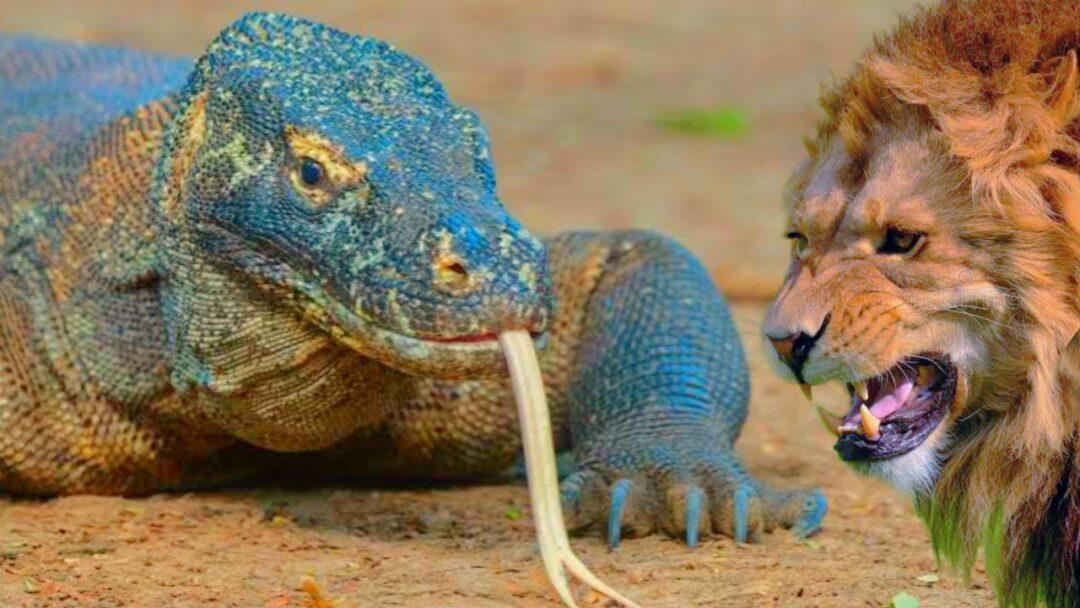Table of Contents

Introduction
Camels are amazing animals recognized for their ability to live in tough desert situations. Camel species include the dromedary camel, the Bactrian camel, and the wild Bactrian camel. In this post, we will look at ten fascinating facts about camels, including some surprising facts, myths, and their ecological relevance.
10 Interesting Facts About Camels
- Camels can drink up to 30 gallons of water at one time: Camels are known for their ability to survive long periods without water, but when they do drink, they can take in an enormous amount in a short time.
- Camels can close their nostrils to keep out sand: Camels have a unique ability to close their nostrils to keep out sand and dust while they are traveling through the desert.
- Camels have three eyelids: Camels have a clear third eyelid that protects their eyes from sand and dust.
- Camels have thick fur: Camels have thick fur that helps to keep them warm in cold desert nights and protects them from the sun during the day.
- Camels have padded feet: Camels have padded feet that help them to walk on sand without sinking in.
- Camels can survive for months without water: Camels can survive for up to six months without water by relying on the fat stored in their humps for energy.
- Camels can carry up to 1000 pounds: Camels are strong animals and can carry heavy loads, making them useful for transportation in desert areas.
- Camels are social animals: Camels live in groups called caravans and communicate with each other through vocalizations and body language.
- Camels have been domesticated for thousands of years: Camels have been domesticated for transportation and milk production for thousands of years.
- Camels have a unique immune system: Camels have a unique immune system that allows them to survive in harsh environments and fight off diseases.
Mysterious Facts and Myths
Camels have long been associated with myths and mysterious facts. Here are some interesting facts and myths about camels:
- In some cultures, camels are believed to have healing powers and are used for medicinal purposes.
- In some parts of the world, it is believed that drinking camel milk can cure certain diseases.
- The idea that camels store water in their humps is a myth. In reality, camels store fat in their humps, which they use for energy when food and water are scarce.
Importance to Ecosystem
Camels are vital in desert habitats. They provide humans with transportation and milk, and they also help to distribute plant seeds as they migrate over the desert.
How long can camels survive without water?
Camels are extremely tough species that can go for long periods without water. A camel can go for 5 to 7 days without drinking water on average. They have been reported to survive for up to two weeks or more in harsh situations. They are highly adapted to harsh desert areas due to their ability to save water and survive dehydration.
How much weight can a camel carry?
Camels are famous for their incredible strength and endurance. They can carry varied loads depending on the species of camel and the circumstances. A fully developed adult camel can comfortably carry from 200 to 300 kilograms (440 to 660 pounds). Certain camel types, such as the larger dromedary camels, can carry even higher burdens, up to 500 kilograms (1,100 pounds) in some situations.
Do camels store water in their humps?
Camels, contrary to popular perception, do not store water in their humps. Instead, their humps are made of fatty tissue, which acts as an energy reserve. When needed, stored fat can be transformed into energy and water via metabolic processes. This adaptation enables camels to survive long periods of water deprivation by utilizing their fat reserves.
How fast can camels run?
Camels may appear plodding and steady, yet when necessary, they can reach astonishing speeds. For short distances, a healthy adult camel can gallop at speeds ranging from 40 to 50 kilometers per hour (25 to 31 miles per hour). During long journeys across deserts or other terrains, they normally maintain a more sluggish pace of roughly 15 to 25 kilometers per hour (9 to 15 miles per hour).
Are camels friendly animals?
Camels have diverse personalities, and their behavior can differ from one another. Camel in general can be pleasant and gentle, especially when well-treated and handled. Camel encounters should be approached with caution and respect, since they might demonstrate territorial or defensive behavior if challenged or disturbed. Building a rapport with a camel and creating trust through gentle interactions and correct care is essential for fostering a good relationship.
How long do camels live?
Camels, in comparison to many other animals, have a rather lengthy lifespan. They live for an average of 40 to 50 years. With proper care, though, some camels have been known to survive far into their 60s. A camel’s longevity is determined by factors such as heredity, food, living conditions, and overall health.
What do camels eat?
Camels are herbivores with the ability to ingest a wide range of plant material. Their food consists primarily of thorny desert plants like as bushes, grasses, and leaves. Because of their robust oral tissues and sophisticated digestive system, they can even eat thorns and thorny plants without harm. Camels are capable of collecting moisture from the vegetation they ingest, which helps them conserve water.
Are camels found only in deserts?
Camels are commonly associated with deserts, however they can also be found in other environments. The dromedary camel, which is native to the Arabian Peninsula and portions of Africa, and the Bactrian camel, which is endemic to Central Asia, are the two primary types of camels. These camels have adapted to a variety of settings, including arid and semi-arid deserts, steep terrains, and even freezing deserts.
Conclusion
Camels are intriguing animals with distinct features that allow them to thrive in tough desert habitats. They are powerful, sociable, and have a distinct immune system. Camels serve a vital role in desert environments and provide humans with transportation and milk.
10 fascinating Facts about Sheep : NEXT POST




